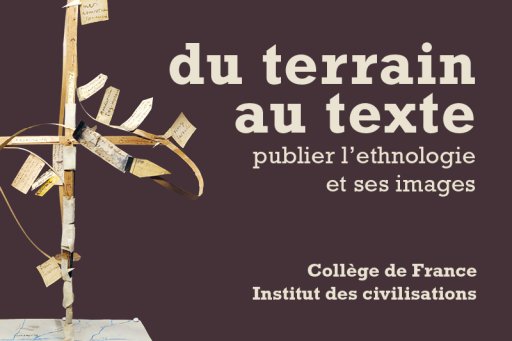The teams of Prof. Hugues de Thé, Chair of Cellular and Molecular Oncology at the Collège de France, Dr. Jean-Luc Villeval (Institut Gustave Roussy) and Prof. Jean-Jacques Kiladjian (Hôpital Saint-Louis), have just published a study in the Journal of Experimental Medicine on the cellular and molecular basis of the response of certain malignant blood diseases, myeloproliferative neoplasia with mutation of the JAK2 gene, to interferon alpha, a protein produced by cells of the immune system, which has the dual property of interfering with viral replication and eliminating cancer cells, through mechanisms that are still relatively poorly understood.
This work has a dual significance: clinical, as it paves the way for new therapeutic strategies to potentiate the limited clinical effects of interferon alone through arsenic coadministration, and fundamental, as it identifies in vivo the molecular mechanisms involved. Unexpectedly, in pre-clinical models in mice and patient cells, the therapeutic response of the interferon and arsenic combination requires the PML protein, a direct target of arsenic, already implicated in the therapeutic response of another form of hemopathy, acute promyelocytic leukemia. This PML protein organizes domains of the cell nucleus involved in senescence, a type of cellular aging. In addition to a possible broadening of the clinical uses of arsenic, this work suggests the existence of common molecular mechanisms of therapeutic response in several hematological malignancies and in different leukemia/treatment couples.
Publication reference: JAK2V617F myeloproliferative neoplasm eradication by a novel interferon/arsenic therapy involves PML, Journal of Experimental Medicine, October 19, 2020; https://doi.org/10.1084/jem.20201268.










